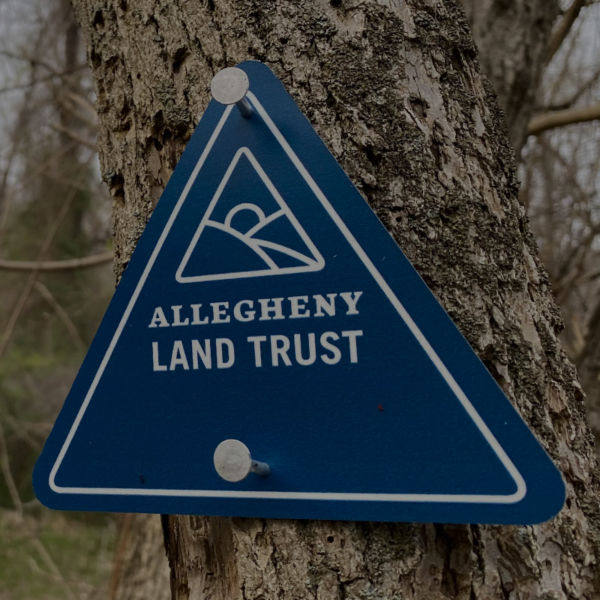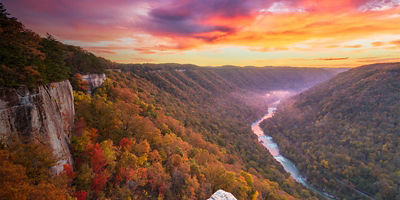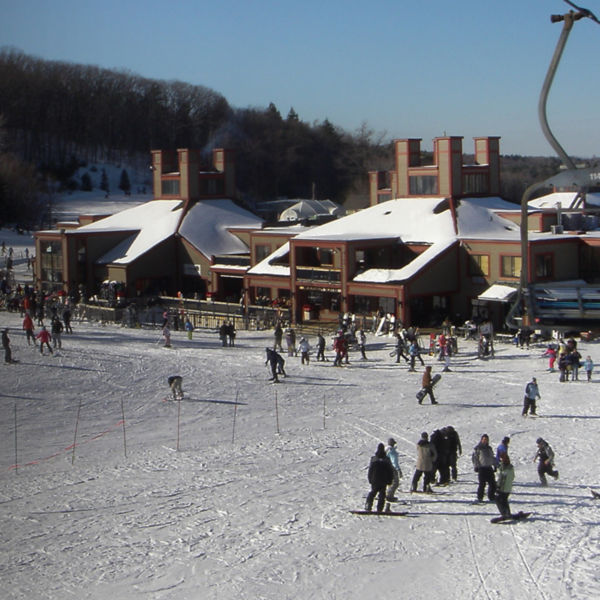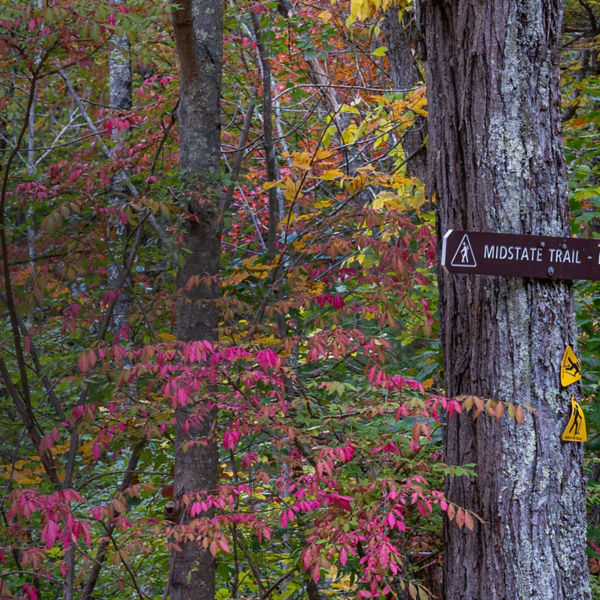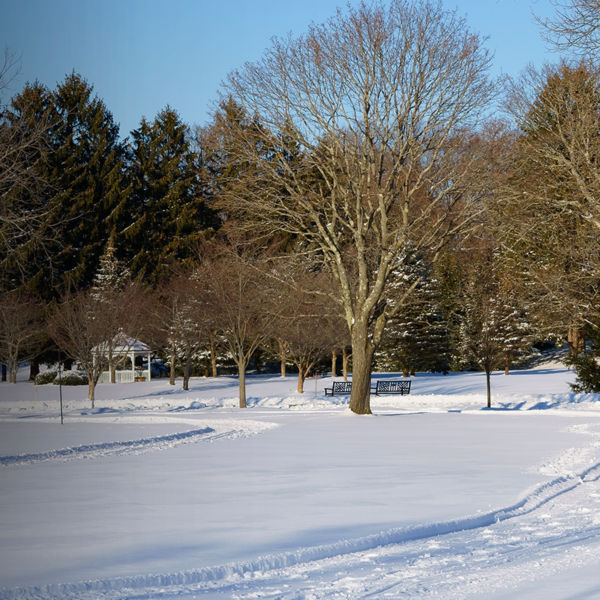Rock Climb at Seneca Rocks
Just down the road from Thomas and Davis, Seneca Rocks rises roughly 900 feet above the confluence of Seneca Creek and the North Fork of the South Branch of the Potomac River. The jagged ridgeline formed in the Paleozoic Era when seismic activity pushed a once-horizontal rock layer 90 degrees skyward, forming a tall, thin outcropping reminiscent of a knife blade. Today the crag is a popular destination for rock climbers, featuring trad routes that range from 5.0 to 5.13 on the Yosemite Decimal System. For non-climbers, there is a hiking trail that meanders its way to the top of the Rocks as well.
If you want to spend a day or two exploring and climbing, use the nearby Seneca Shadows Campground as a home base (open April to Oct.). Its hillside location offers spectacular sunset views of the Rocks. More info: fs.usda.gov
Backpack in the Cranberry Wilderness
At over 47,000 acres, the Cranberry Wilderness is the largest wilderness area in the eastern U.S., and its size opens up serious adventures. For an overnight backpacking trip, drive the Highland Scenic Highway until you arrive at the trailhead for the North-South Trail (your access point into the wilderness) for an 18.5-mile loop with 2,800 feet of elevation gain along alpine ridges, deep forested valleys and cold, babbling brooks. Follow the North-South Trail as it descends along a ridgeline, passes through hardwood forests, and summits the 4,356-foot Cranberry Peak. After the peak, the trail continues until it meets the Laurelly Branch of the Middle Fork of the Williams River. The trail follows that tributary east and switchbacks down to the Middle Fork itself, crossing abandoned railroad beds along the way. When you arrive at the Middle Fork, turn east to find a campsite right on the water where the Hell-for-Certain Branch tumbles out of a deep ravine. Tucked into this quiet, secluded valley, it’s easy to appreciate the majesty of Monongahela.
The next day, continue east and climb up the Middle Fork back to the North Fork Trail and your car. More info: alltrails.com
Look for Black Bear at the Cranberry Glades
Located near the southern end of the Monongahela National Forest, the Cranberry Glades Botanical Area consists of a spongy, wet bog at 3,400 feet. It’s filled with muskeg, scraggly pine trees, mosses, a plethora of spectacularly colorful wildflowers, and, as the name implies, plenty of cranberry bushes. Hike the loop trail (about a half-mile long and a nice option for kids), which takes you along wooden boardwalks through the area’s bogs and spruce groves. Keep your eyes peeled for beavers (and their lodges sticking out of the water), and look out for fish in Yew Creek, deer, and the black bears that call this high-elevation ecological hotspot home.
Fly Fish the Cranberry River
To the west of the Cranberry Wilderness, a web of forest roads travel northeast from the town of Richwood and offer access to the Cranberry River, a haven for brook, brown, and rainbow trout. Access is easy and campgrounds like Cranberry Campground (open mid-March to Nov.) make it a great destination for a weekend fishing trip. If you’re feeling ambitious (and you really want to escape the crowds), hike east along a 25-mile, foot-traffic-only road that follows the river into the “backcountry” portion of the fishery. Once there, you can take advantage of a collection of first-come, first-served shelters to spend the night. More info: fs.usda.gov











